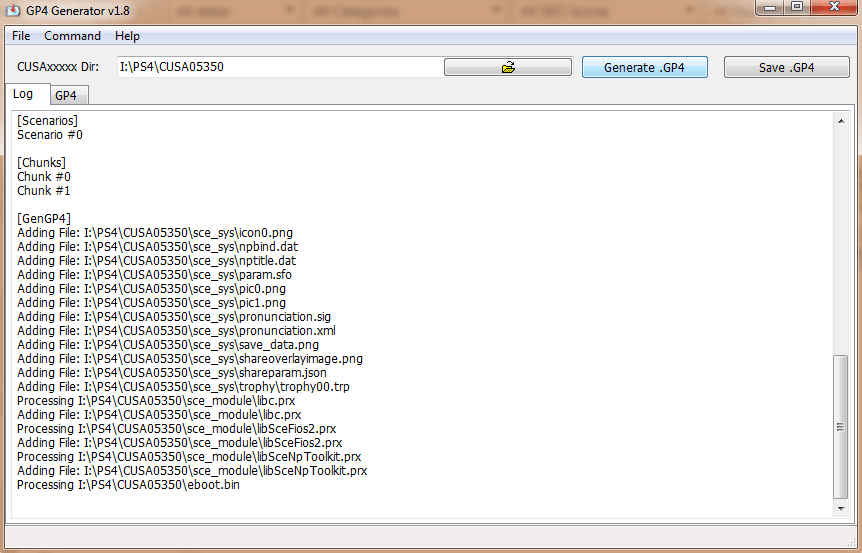

The following are the extensions that the Big Head ransomware encrypts: The malware avoids the directories that contain the following substrings:īy excluding these directories from its malicious activities, the malware reduces the likelihood of being detected by security solutions installed in the system and increases its chances of remaining undetected and operational for a longer duration.

These binaries are encrypted, rendering their contents inaccessible without the appropriate decryption mechanism. It also displays a fake Windows update to deceive the victim into thinking that the malicious activity is a legitimate process. Xarch.exe drops a file named BXIuSsB.exe, a piece of ransomware that encrypts files and encodes file names to Base64.Archive.exe drops a file named teleratserver.exe, a Telegram bot responsible for establishing communication with the threat actor’s chatbot ID.This is a piece of ransomware that checks for the extension “.r3d” before encrypting and appending the “.poop” extension. 1.exe drops a copy of itself for propagation.Īdditionally, we noted the presence of three resources that contained data resembling executable files with the “*.exe” extension: If you want to change the encryption, click the Encryption pop-up menu, then choose an encryption type.Įnter a new name for the image in the Save As field, click Save, then click Done.The format that the malware adheres to in terms of its behavior upon installation is as follows: Hybrid image (HFS+/ISO/UDF): This disk image is a combination of disk image formats and can be used with different file system standards, such as HFS, ISO, and UDF. When you use a master disk image to create other DVDs or CDs, all data is copied exactly. It includes a copy of all sectors of the disk image, whether they’re used or not. Read/write: Allows you to add files to the disk image after it’s created.ĭVD/CD master: Can be used with third-party apps. Read-only: The disk image can’t be written to, and is quicker to create and open.Ĭompressed: Compresses data, so the disk image is smaller than the original data. In the Disk Utility app on your Mac, choose Images > Convert, select the disk image file you want to convert, then click Open.Ĭlick the Image Format pop-up menu, then choose a new image format.


 0 kommentar(er)
0 kommentar(er)
